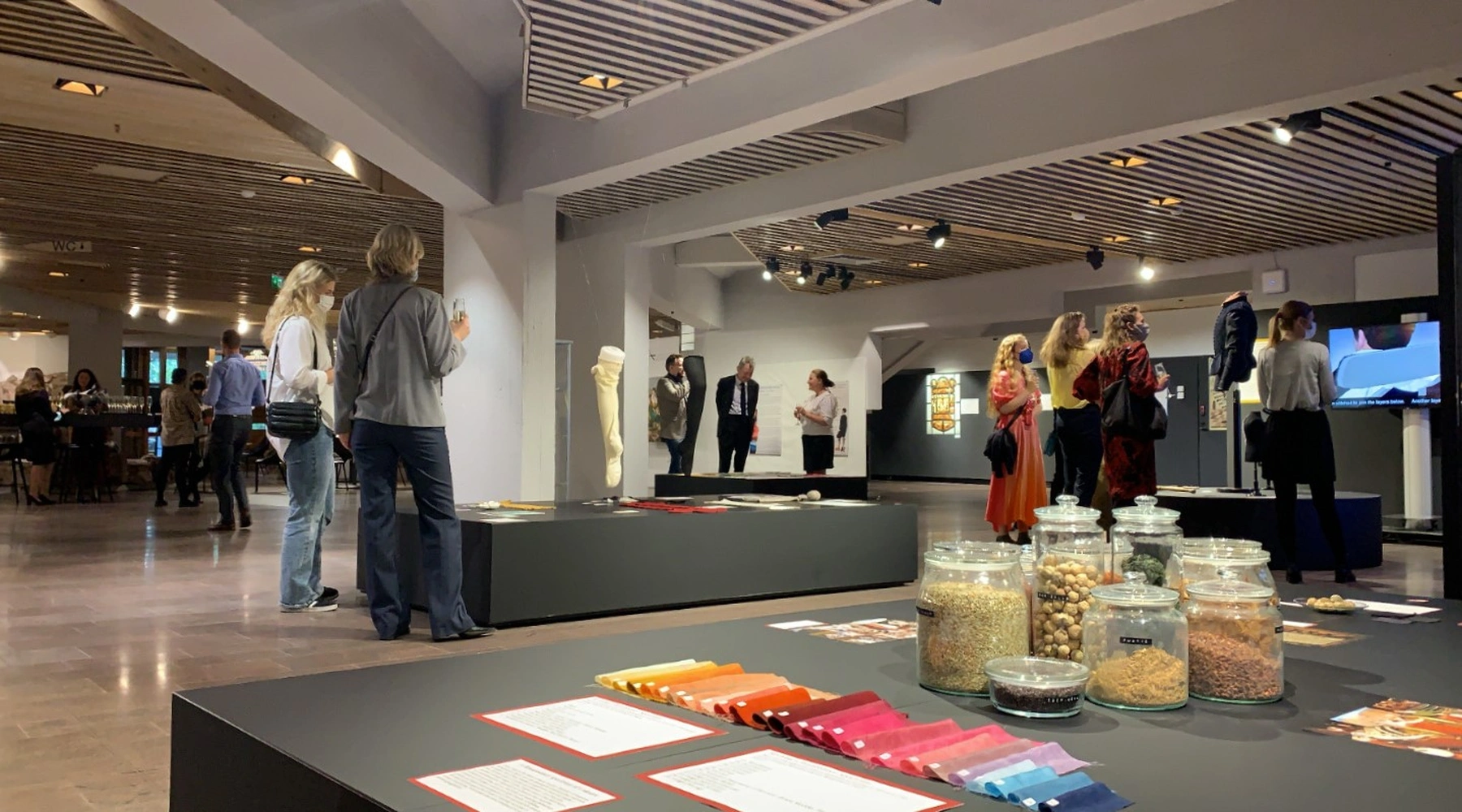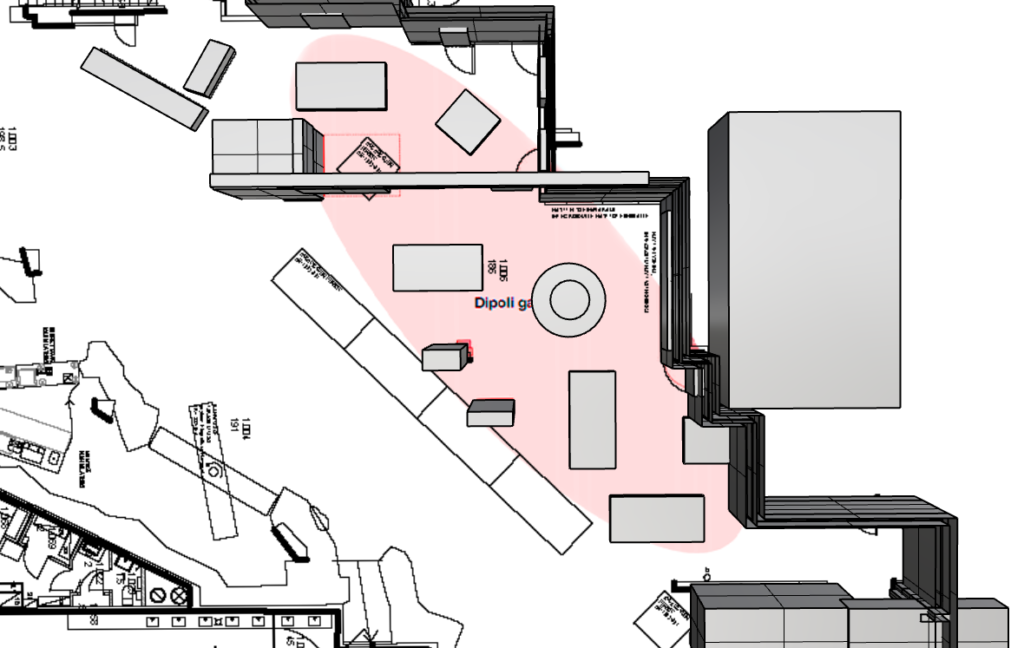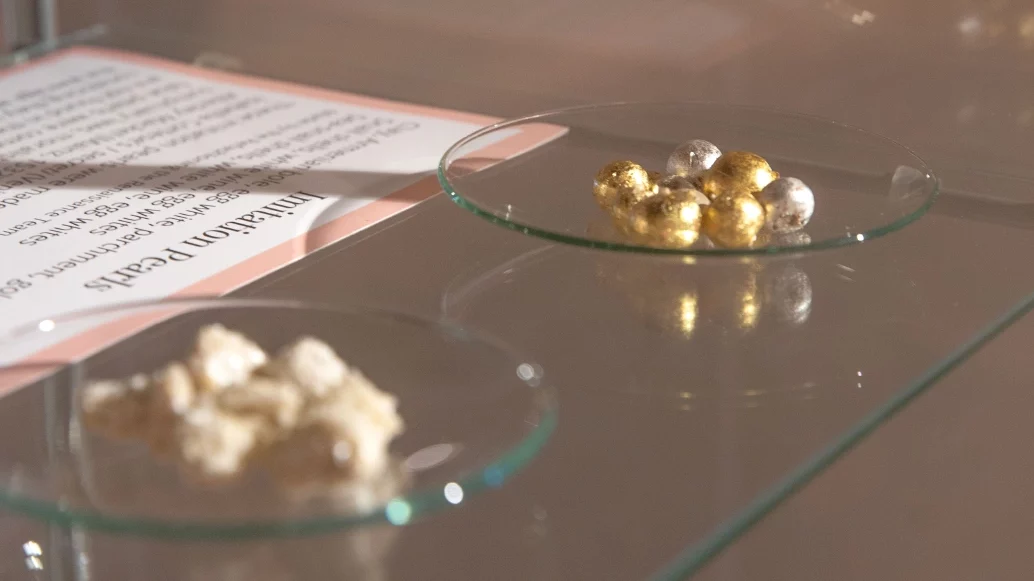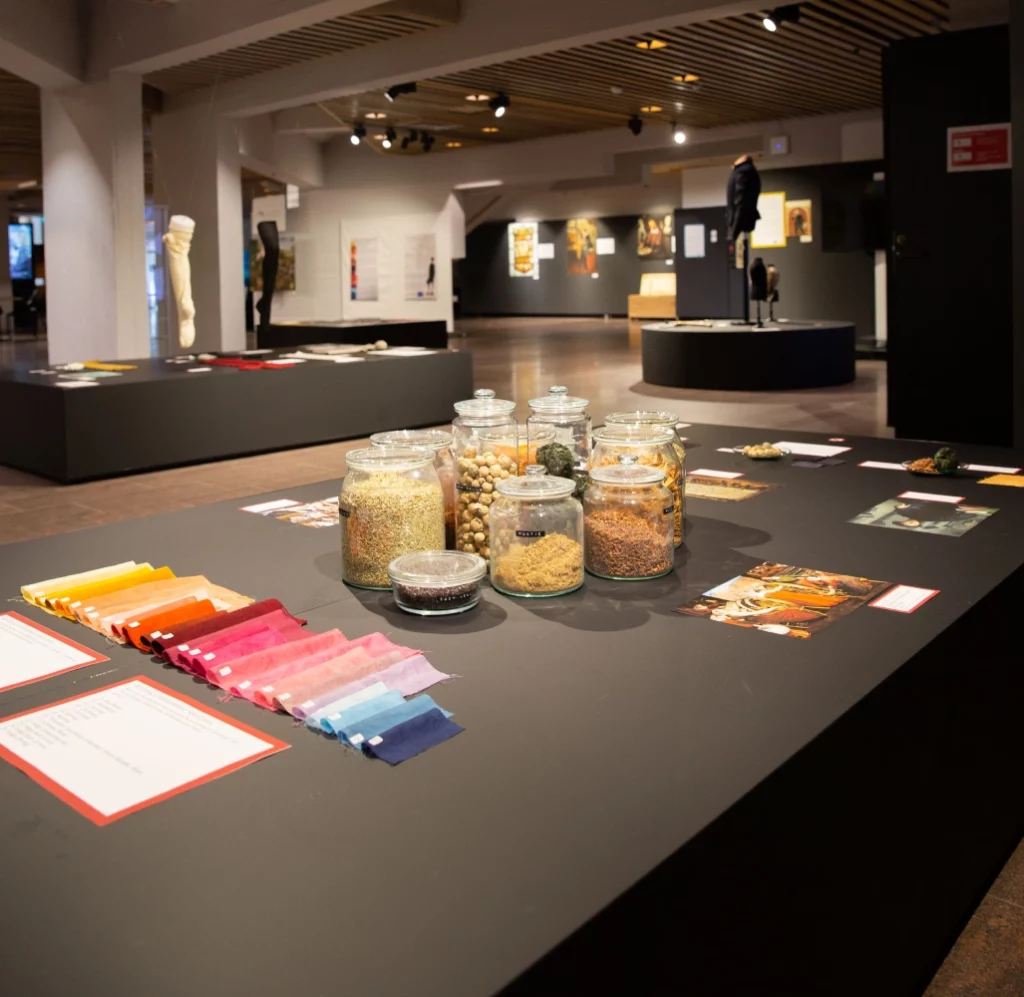Refashioning the Renaissance
Exhibition design
Reconstructing Everyday Fashion, 1550-1650
What
Exhibition design for ERC-funded research project: Refashioning the Renaissance, Reconstructing Everyday Fashion, 1550–1650
When & Where
September 2021, Dipoli Gallery, Espoo Finland
Reconstructing Everyday Fashion, 1550–1650: An Exhibition Design Project
3/2021 – 11/2021 Exhibition designer, Refashioning the Renaissance: Reconstructing Everyday Fashion, 1550-1650, Aalto
As the Exhibition Designer for “Reconstructing Everyday Fashion, 1550–1650,” I had the unique opportunity to shape the visual and spatial narrative of a significant research project. The exhibition was part of the “Refashioning the Renaissance” initiative, a five-year research project funded by the European Research Council (ERC) and led by Paula Hohti, the principal investigator. The research aimed to delve into the material and cultural significance of clothing in early modern Europe, with a particular focus on ordinary Italians such as bakers, barbers, and shoemakers.

Project Overview
The exhibition was showcased at the Aalto University’s Dipoli Gallery in Espoo, Finland, from 13 September to 29 October 2021. It was designed to answer two key questions: how did ordinary Italians engage with fashion in the early modern period, and how can we gain access to the culture of lower social groups when so few garments survive and sources about clothes are fragmentary?
My Role and Contributions
As the Exhibition Designer, my role was to create an engaging narrative and a visually compelling space that would effectively communicate the project’s findings. I worked closely with curators and experts, including Sophie Pitman, the curator of the exhibition, to achieve an approachable and informative exhibition.
I developed detailed layout plans, flow charts, and mapped everything to the exhibition space, using design heuristics for readability. The exhibition space was unique and presented a significant challenge. The content varied greatly in size, requiring creative solutions to showcase everything in the best way possible. For instance, we came up with the idea of hanging stocking legs to optimize the use of space.

Highlighting Key Artifacts
One of the highlights of the exhibition was an exquisite reconstruction of a 16th-century doublet, which we considered the pearl of the exhibition. This piece was a collaboration between the Refashioning the Renaissance project and the School of Historical Dress in London. It was handmade with hand-spun, hand-woven, naturally dyed, hand-tailored fabrics, and it helped to visualize and materialize one of these artisan outfits.

Impact and Outreach
In addition to the design aspects, I managed the production schedule and budget, ensuring that everything was completed on time and within the allocated resources. I also provided marketing and outreach material to promote the exhibition and attract visitors. The exhibition extended far beyond the physical walls of the gallery, and I was instrumental in organizing events connected to the exhibition to further engage the audience.
Conclusion
The “Reconstructing Everyday Fashion, 1550–1650” exhibition was a comprehensive project that required meticulous planning, creative problem-solving, and effective collaboration. As the Exhibition Designer, I was proud to play a key role in bringing this project to fruition. The exhibition successfully made the project’s central methodological goal understandable for the broader general public and inspired the audience to think about how historical reconstruction can be used as a way to better understand and access the histories of dress, textiles, and fashion. Through this project, I was able to demonstrate the power of exhibition design in creating engaging and informative experiences.

See more content about the project in video format below and on the projects own website.
